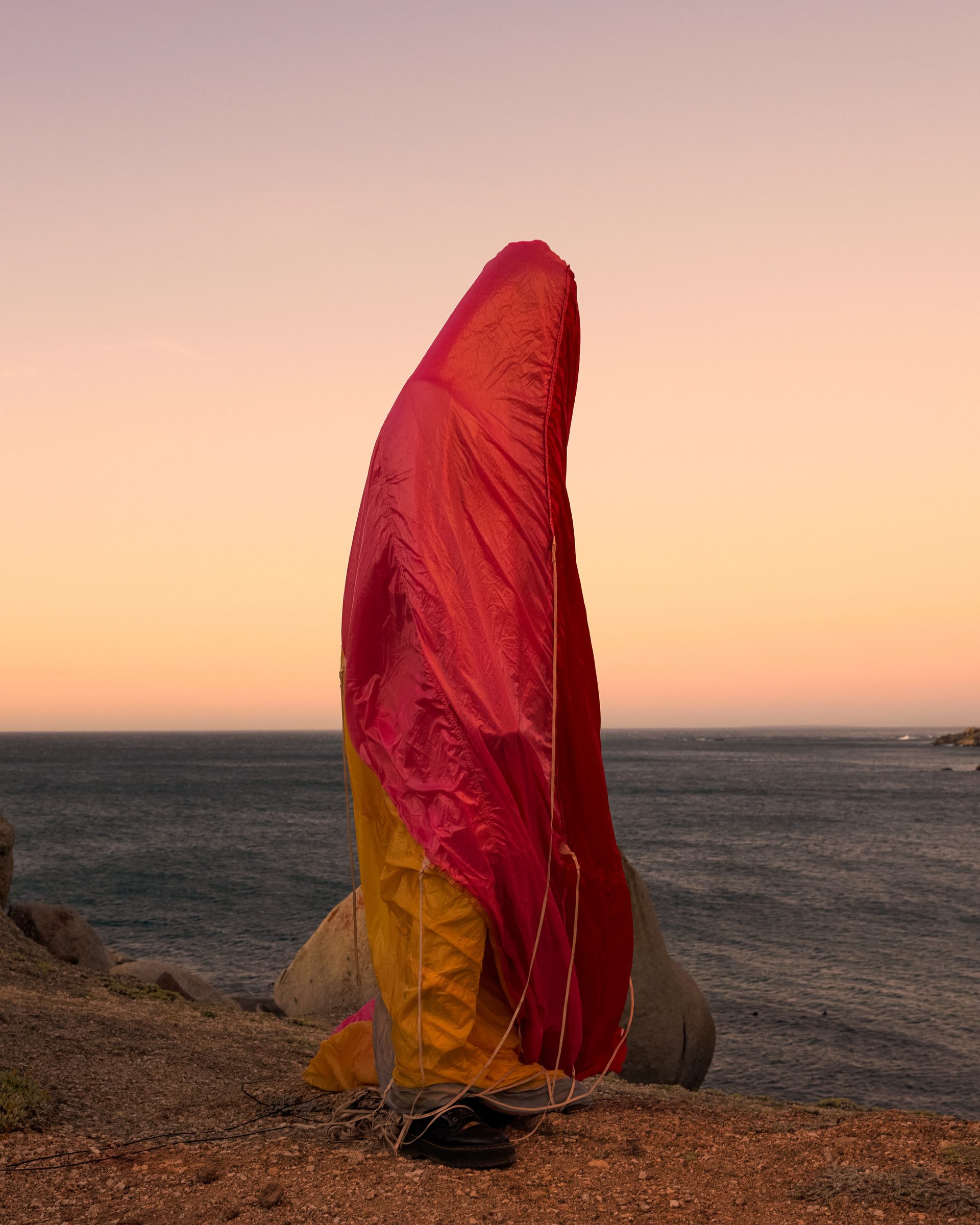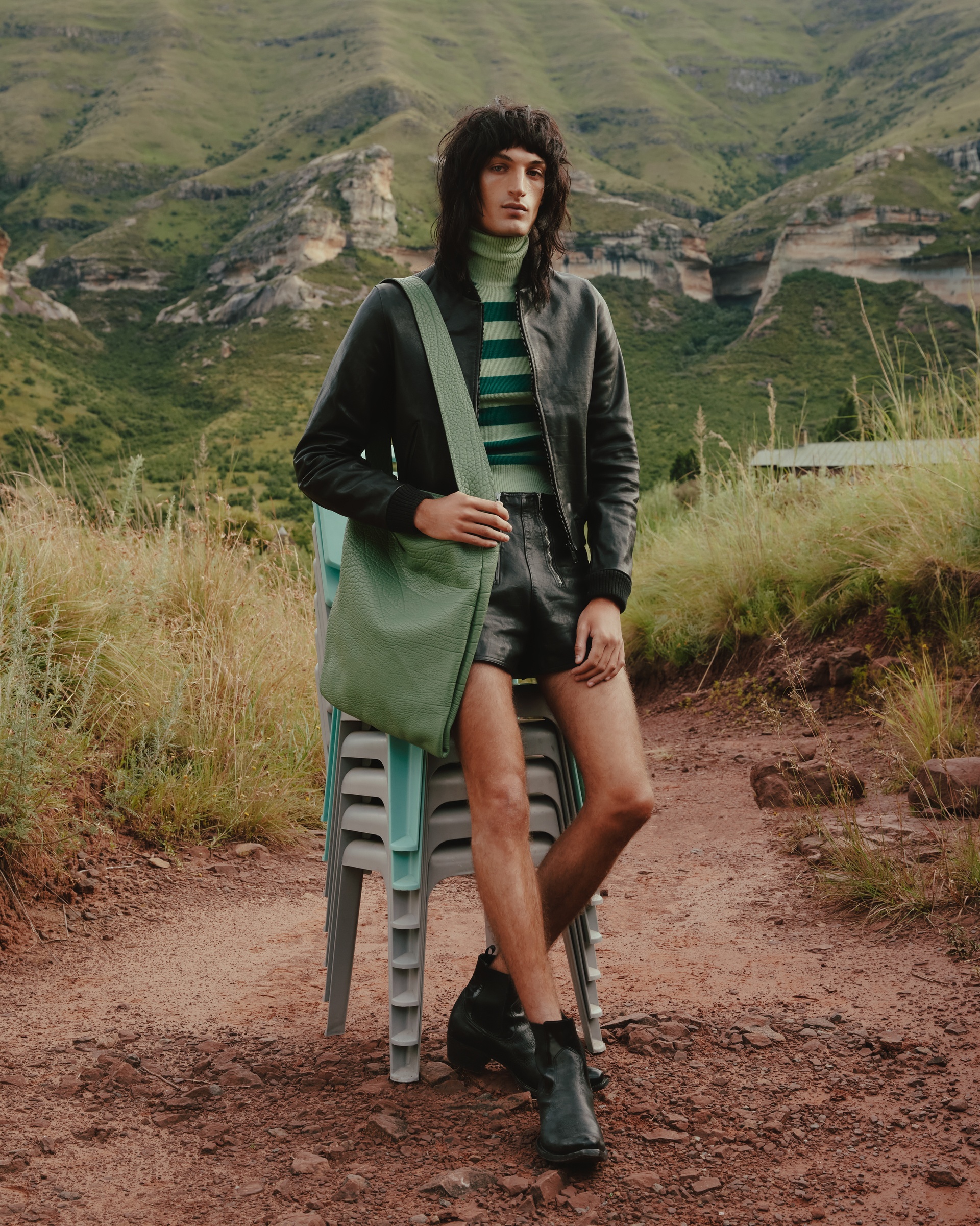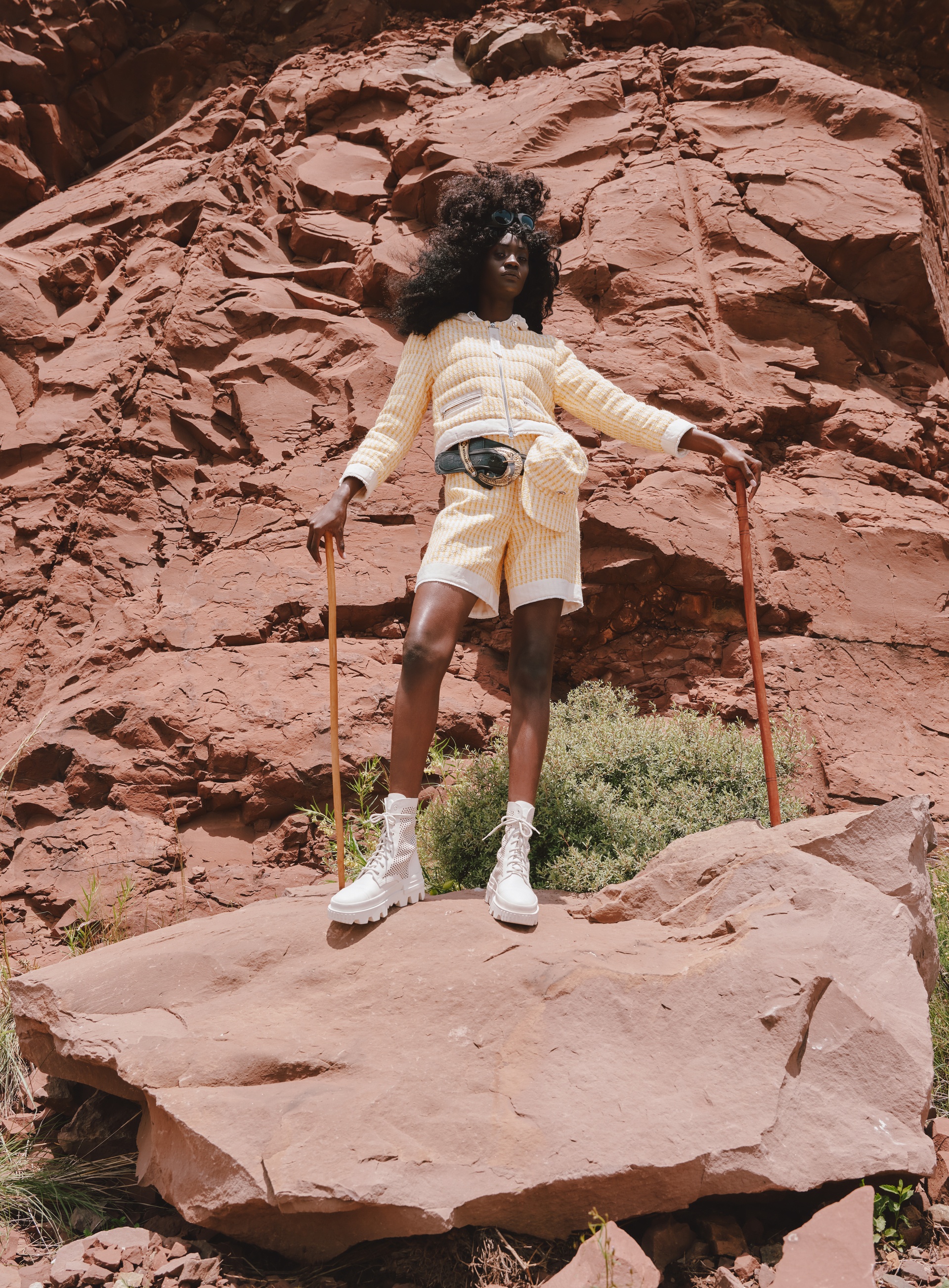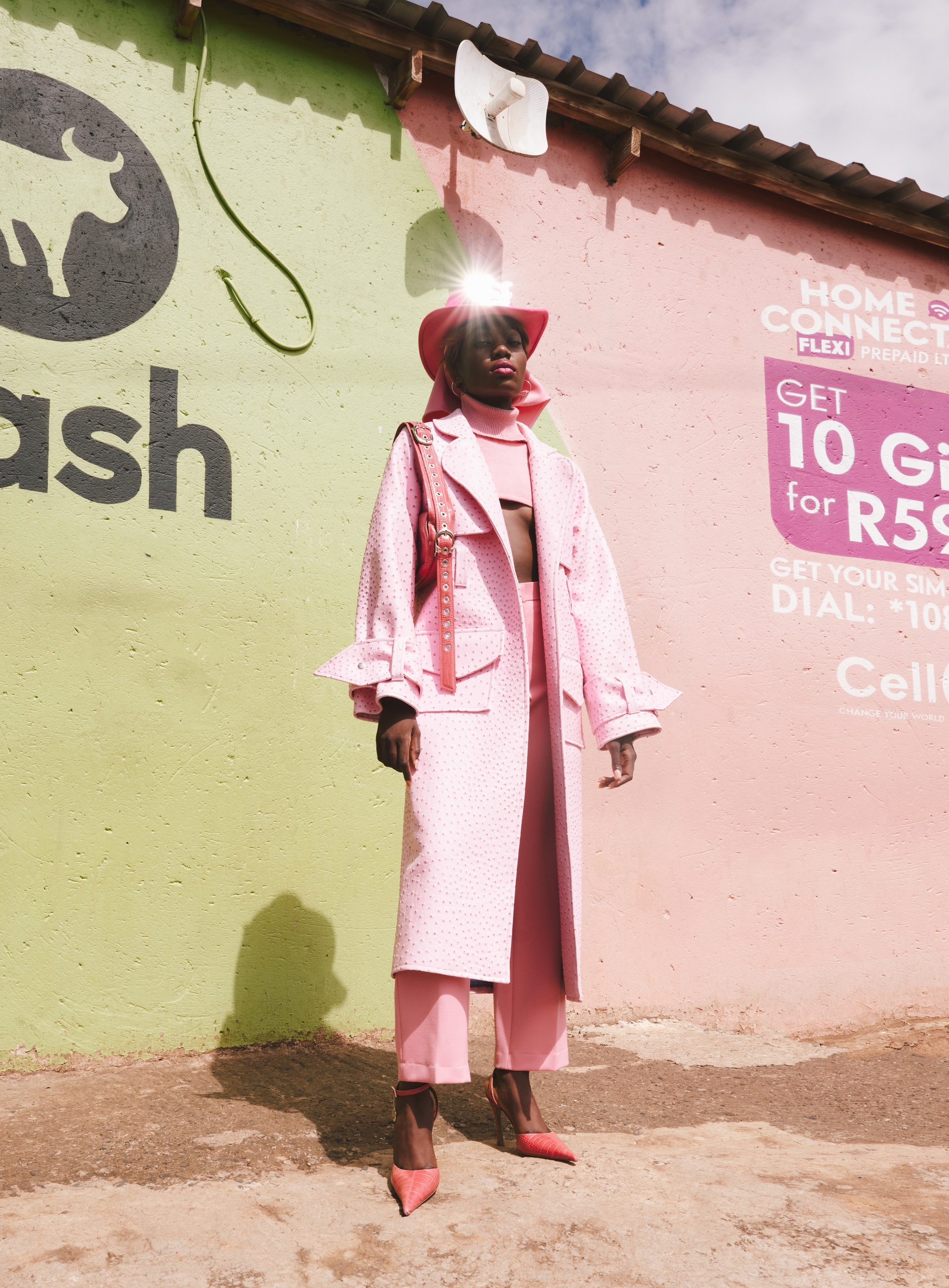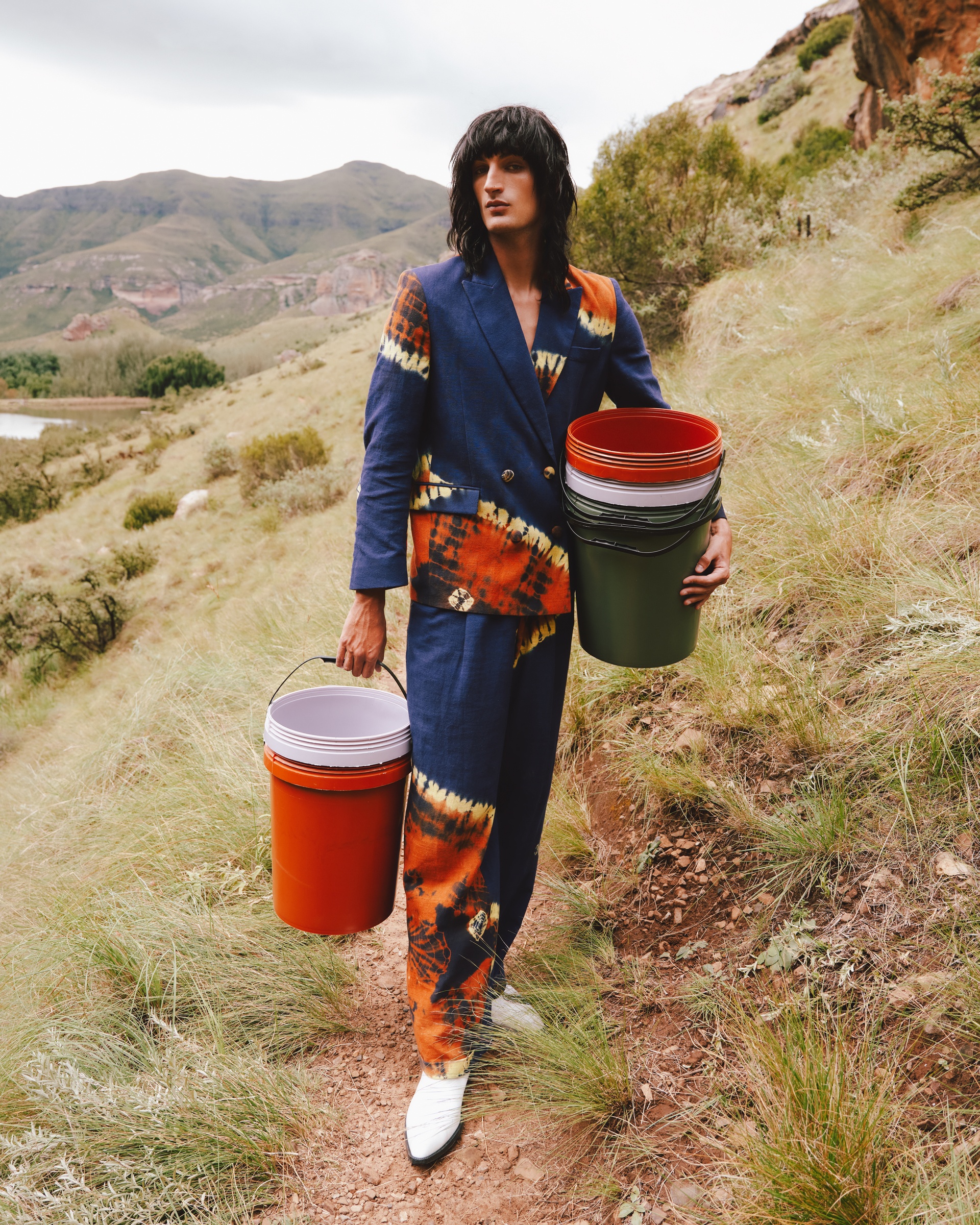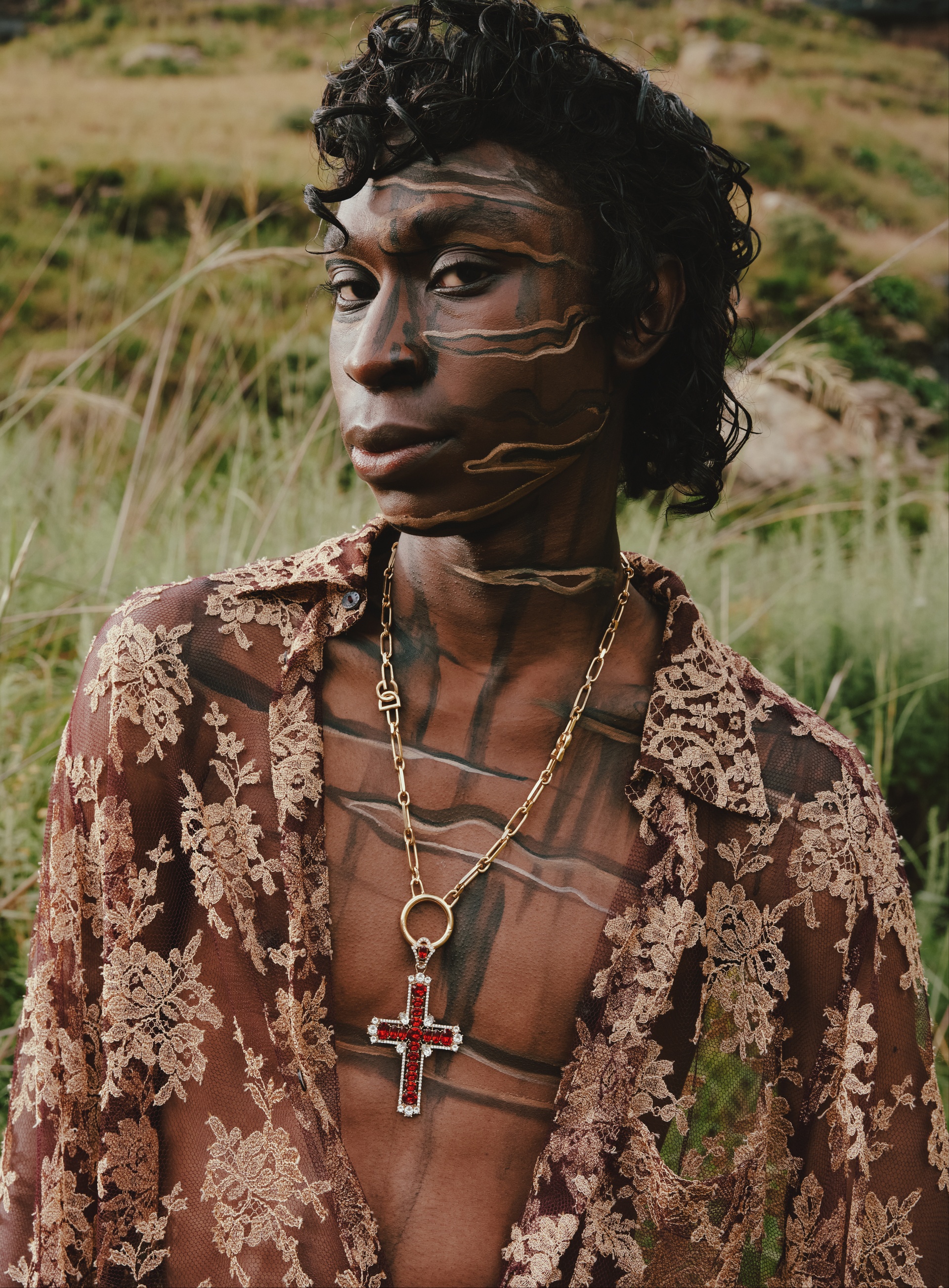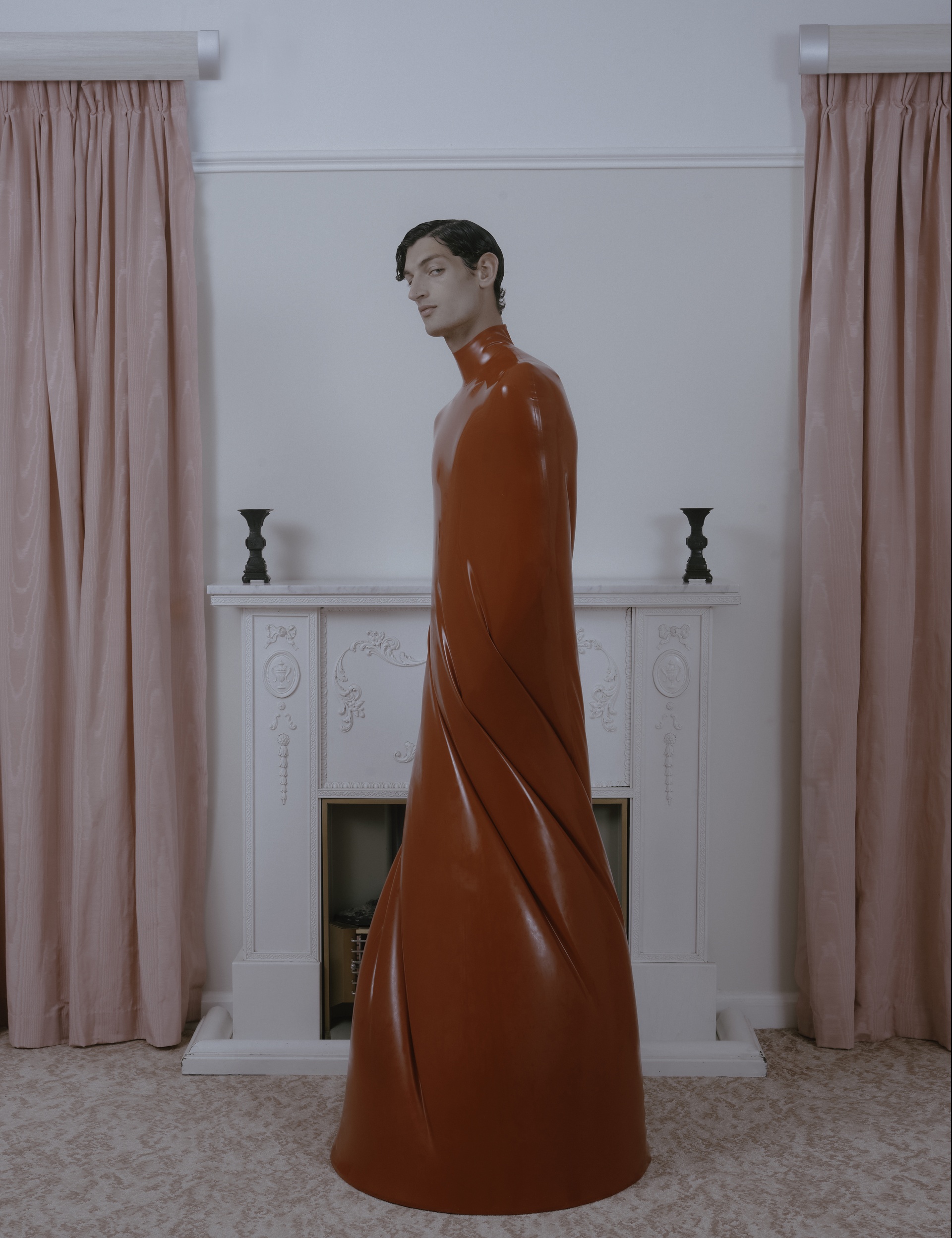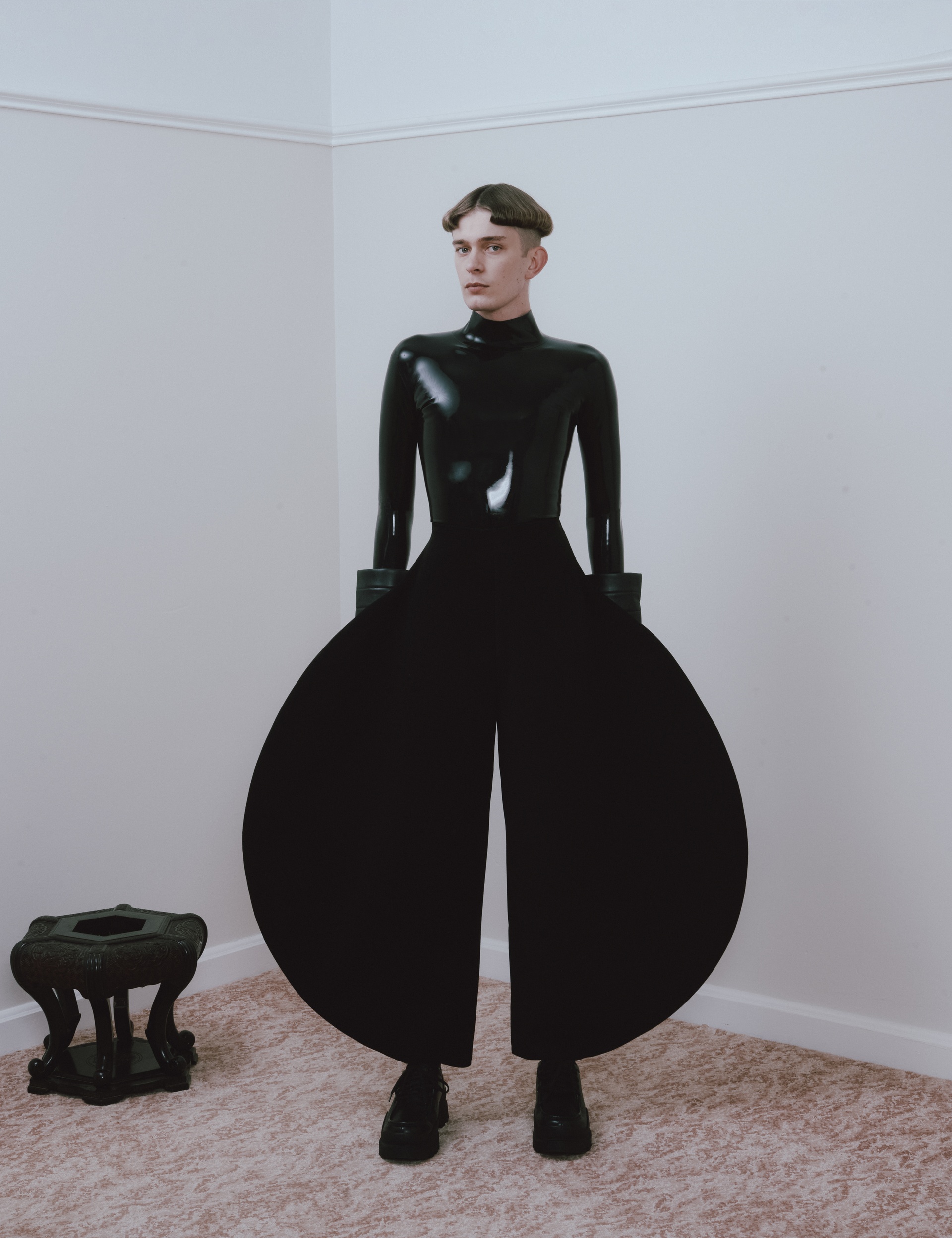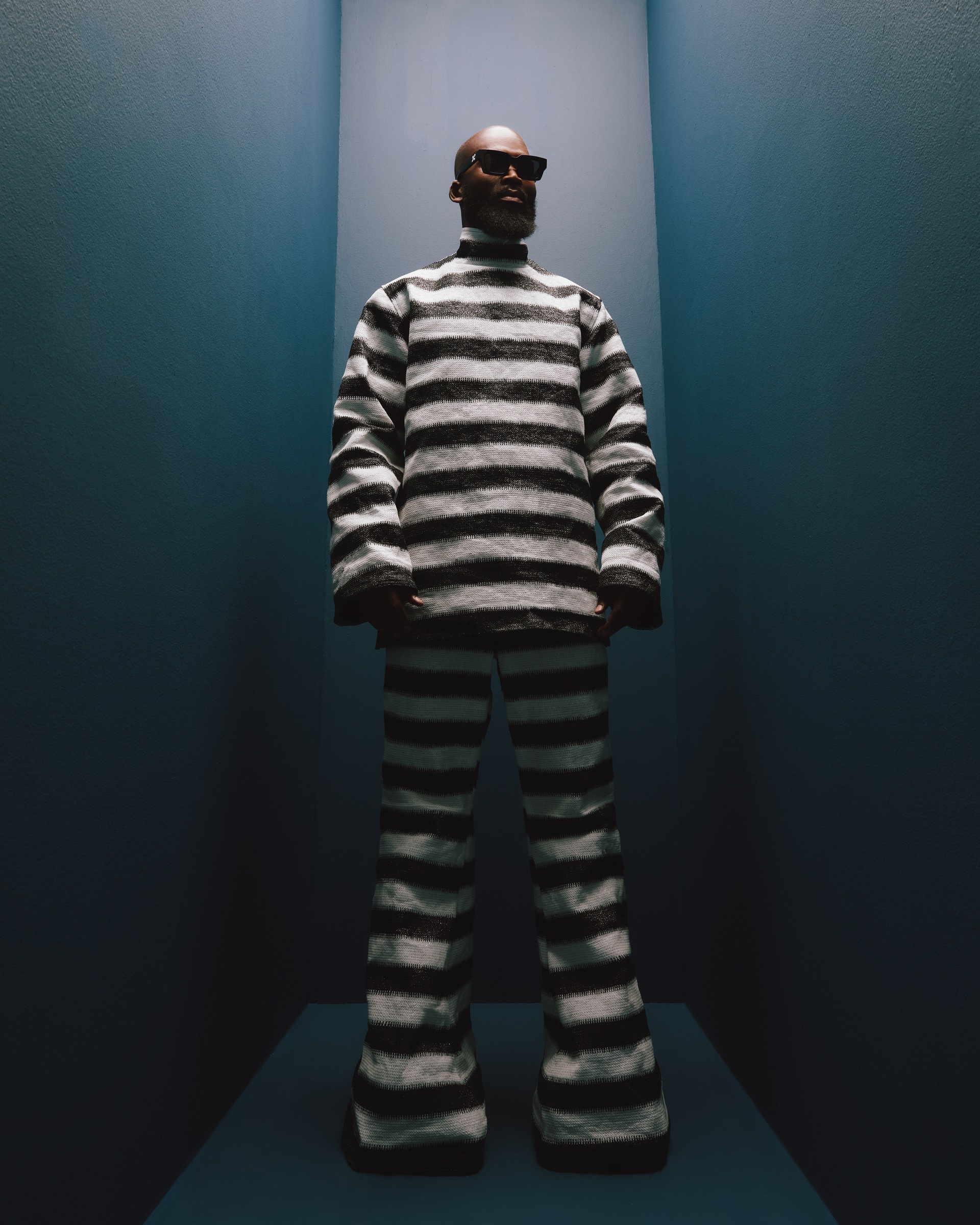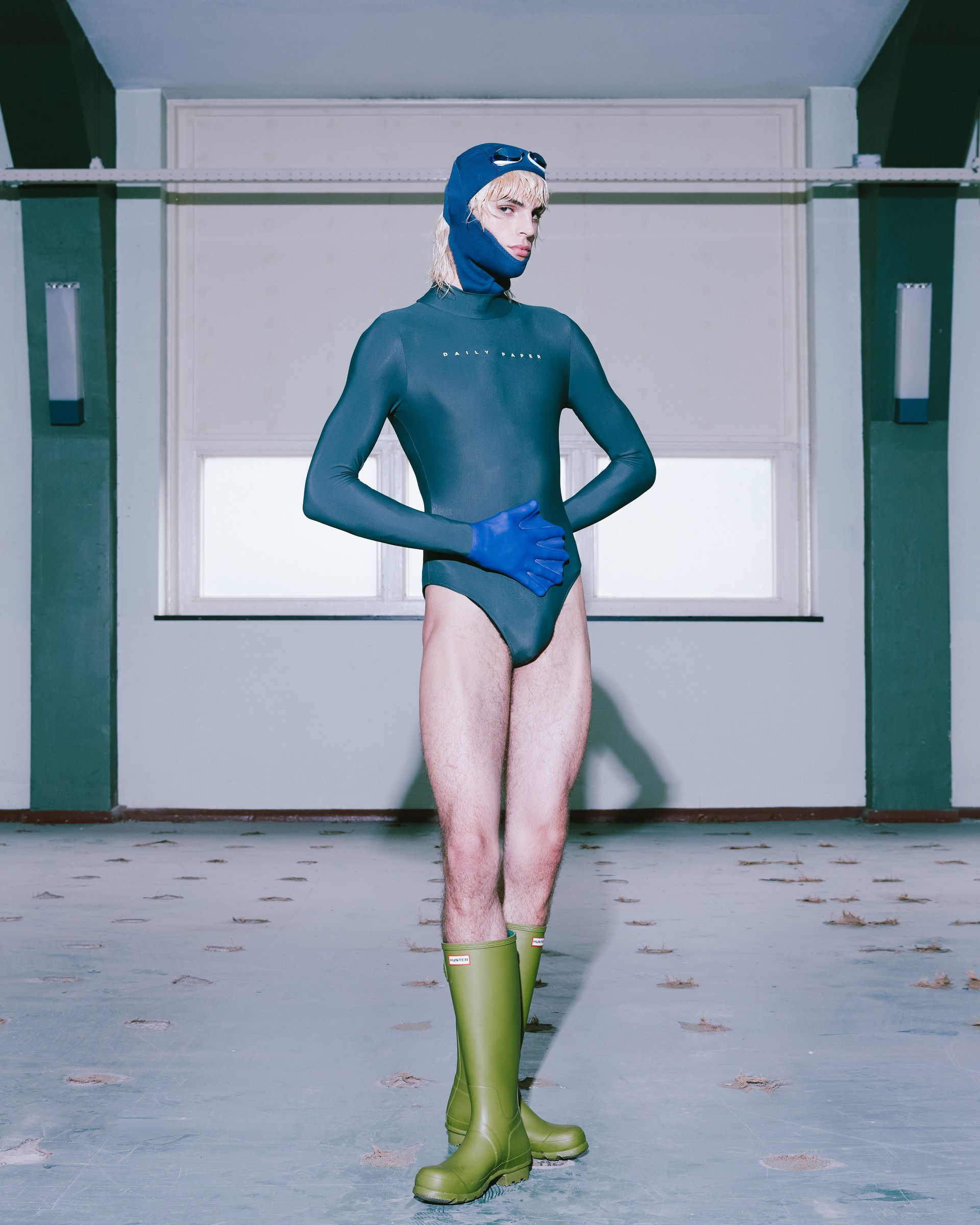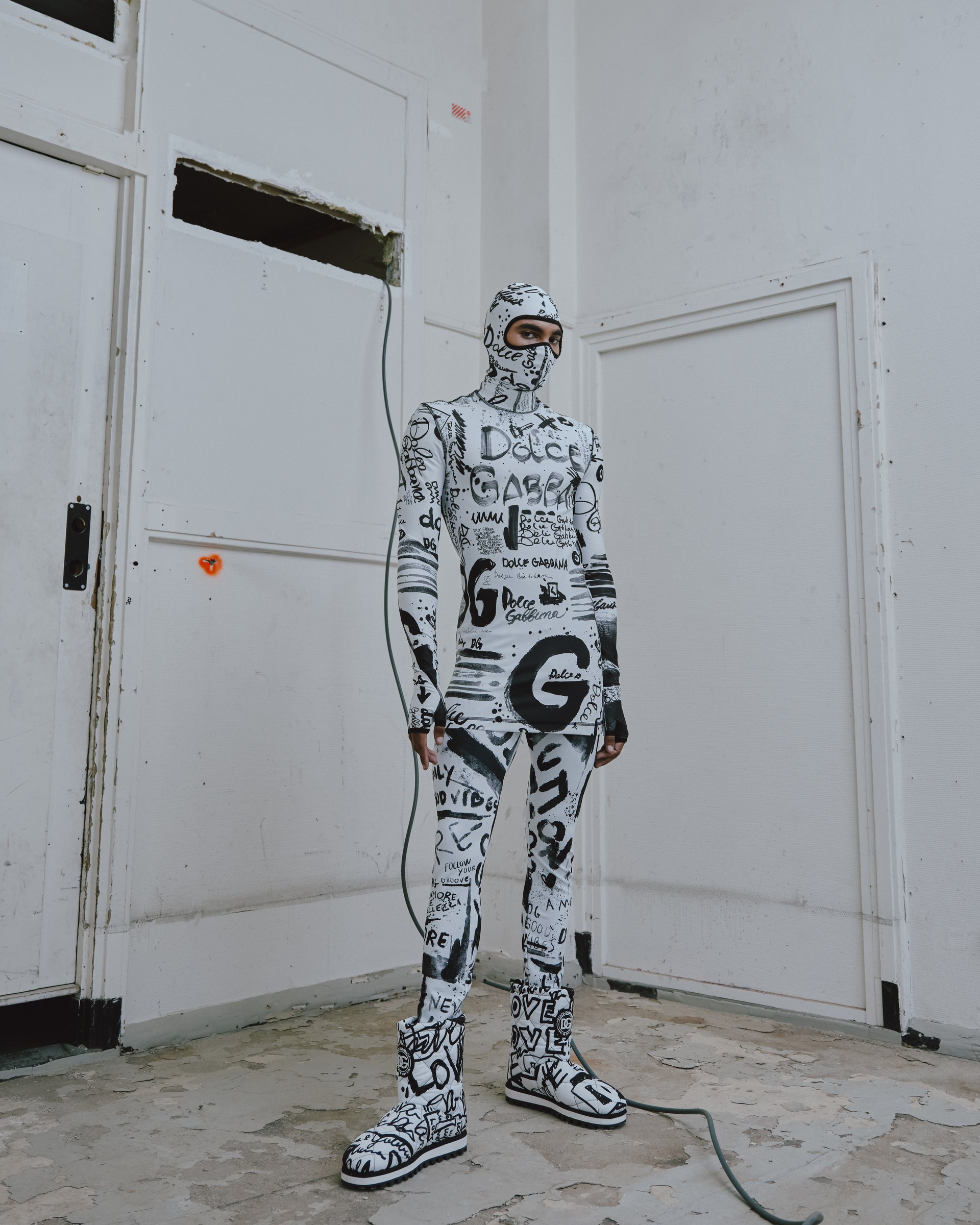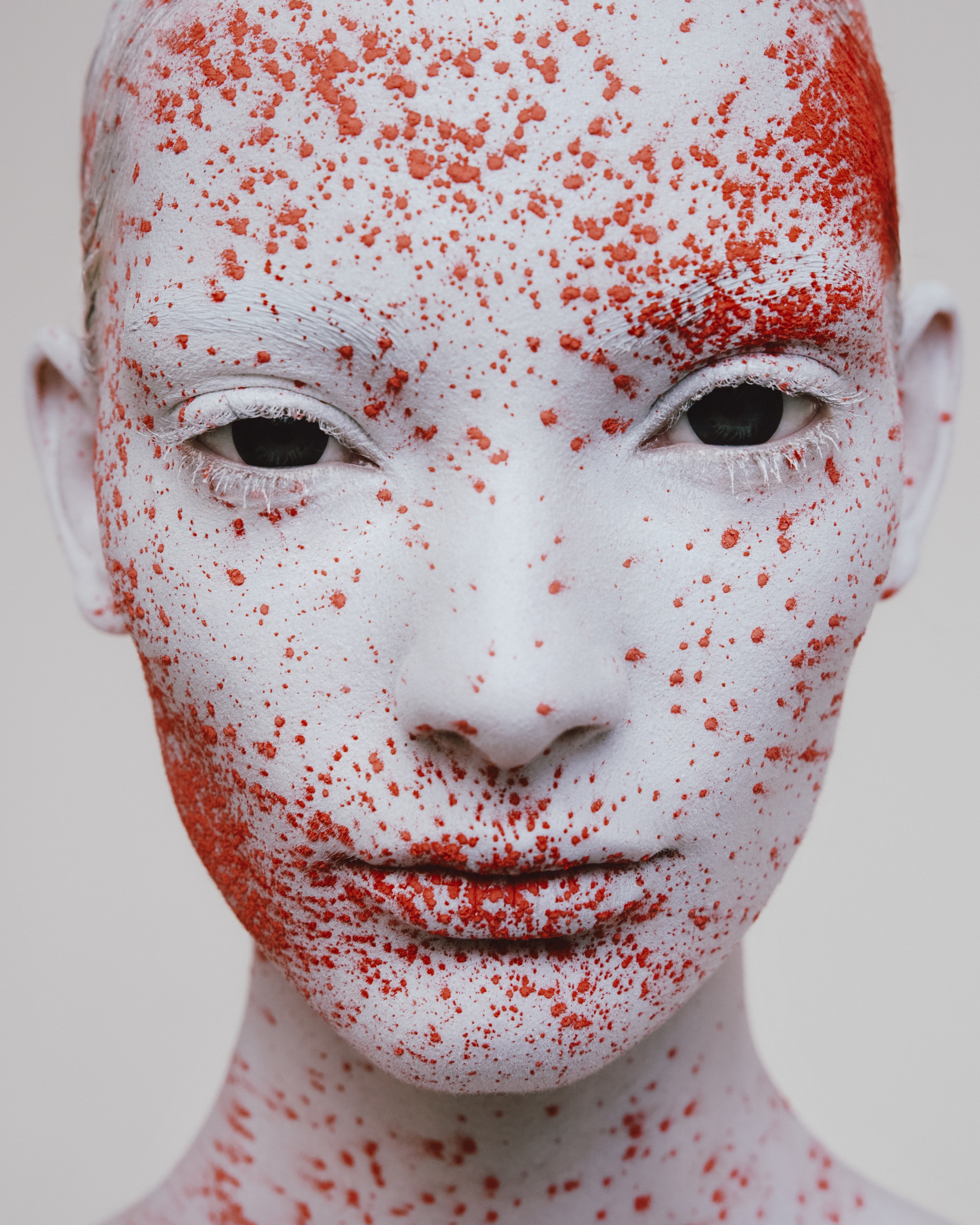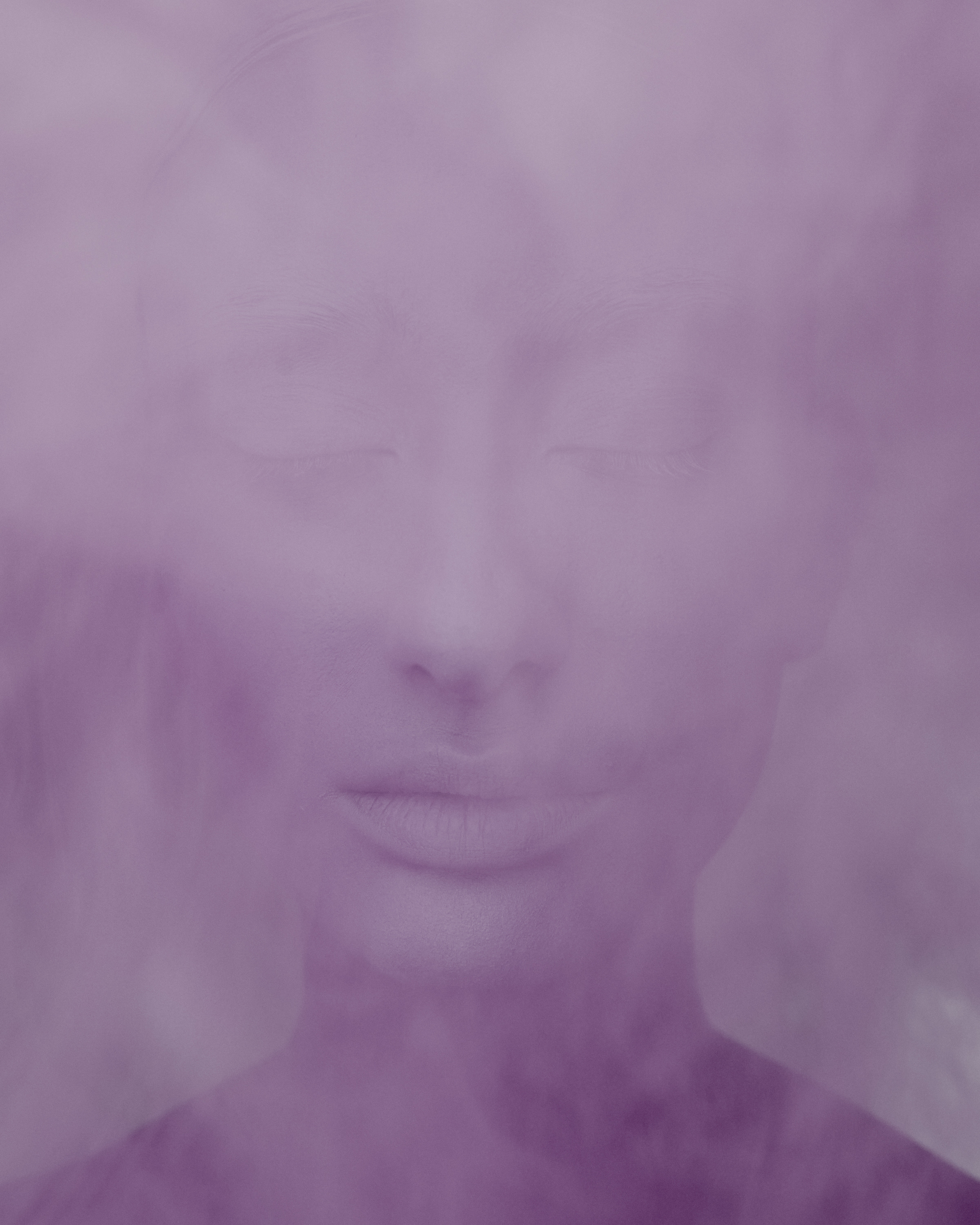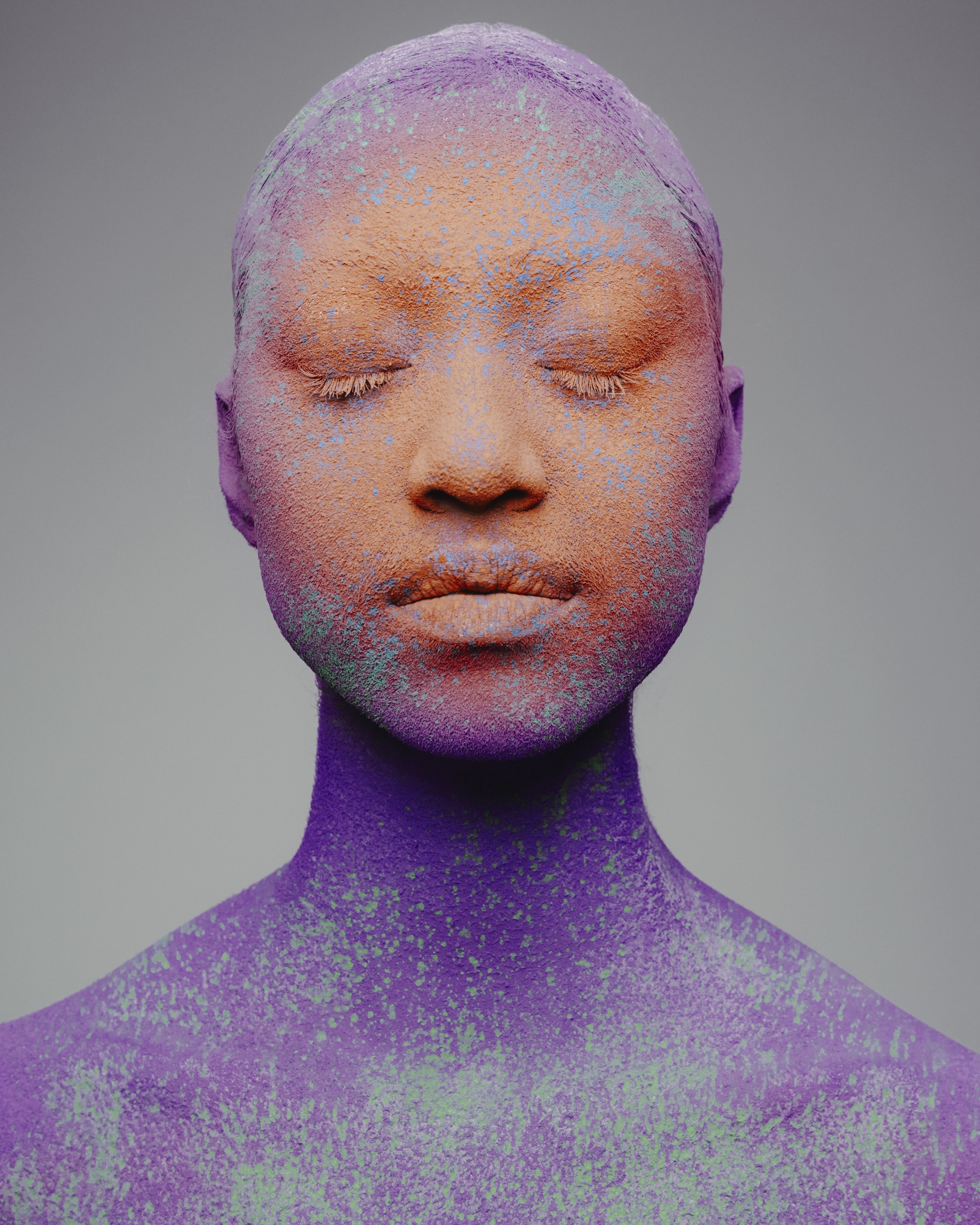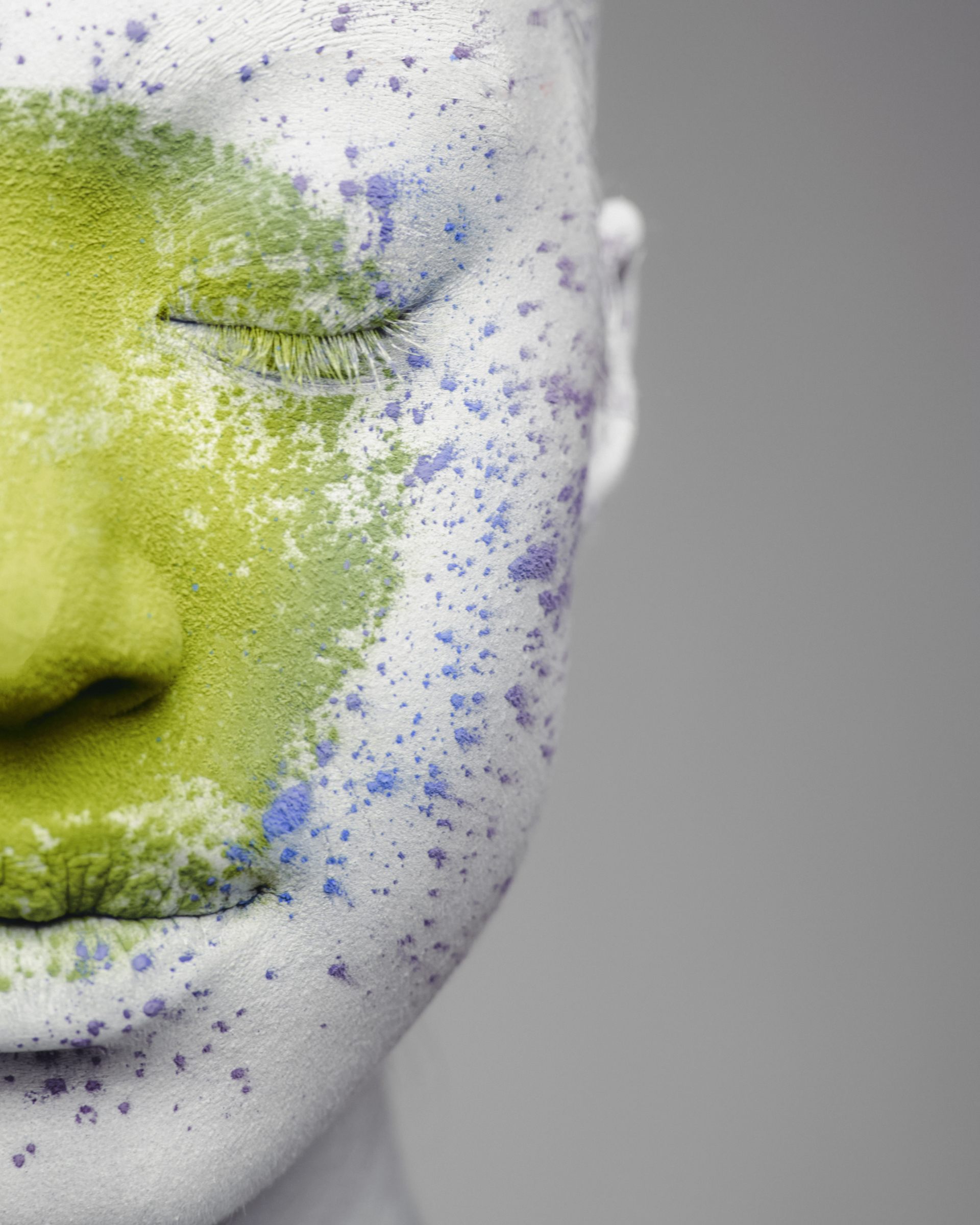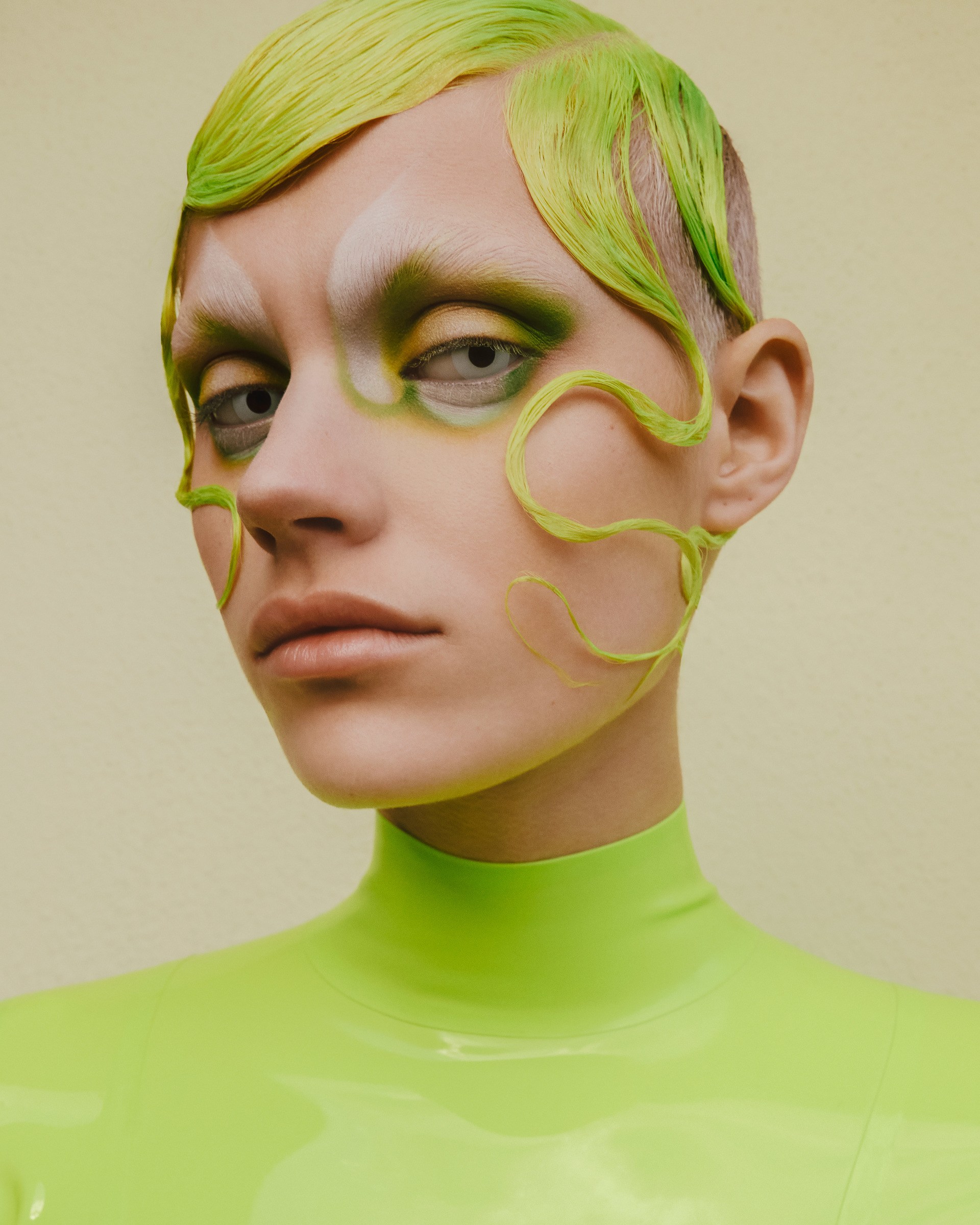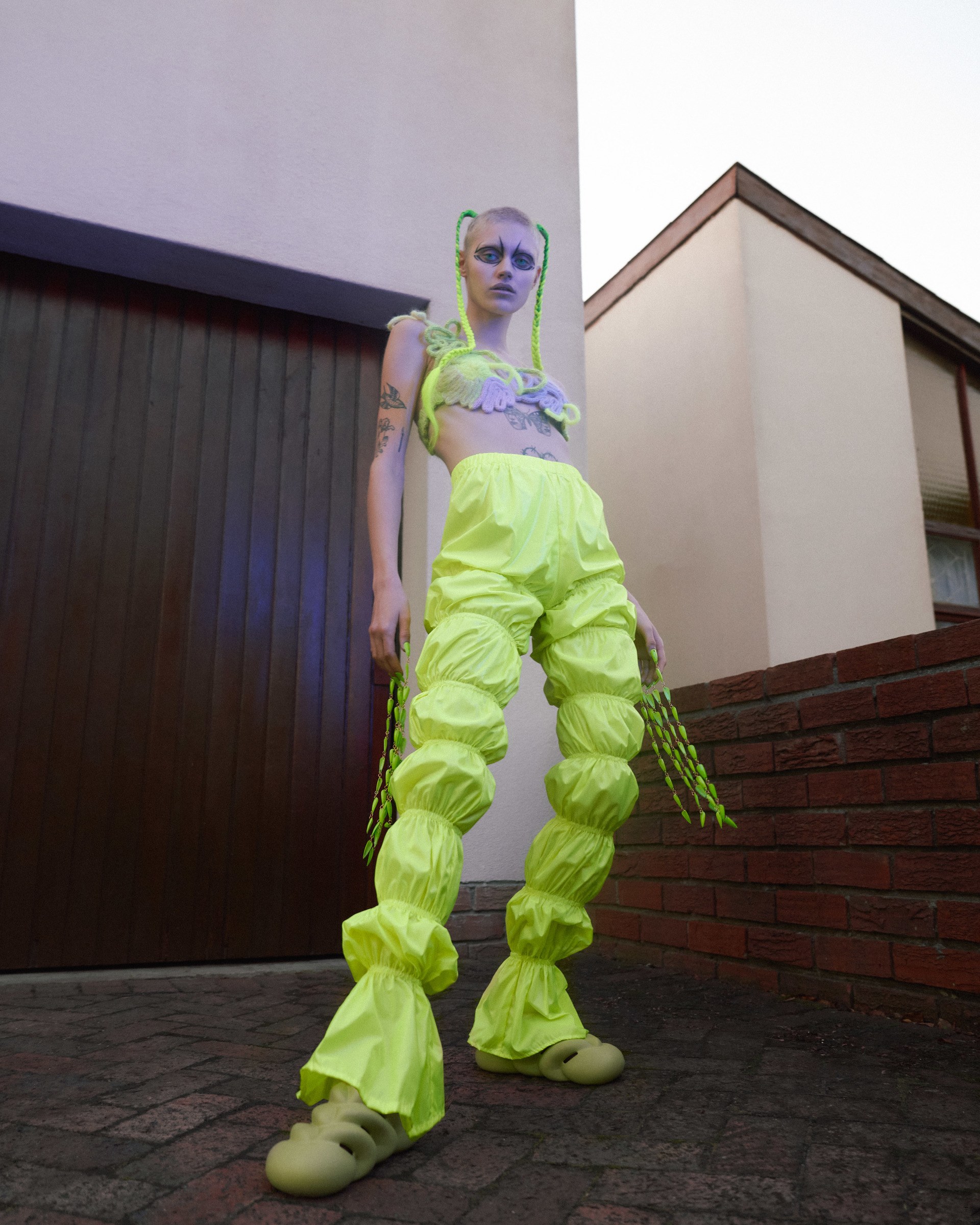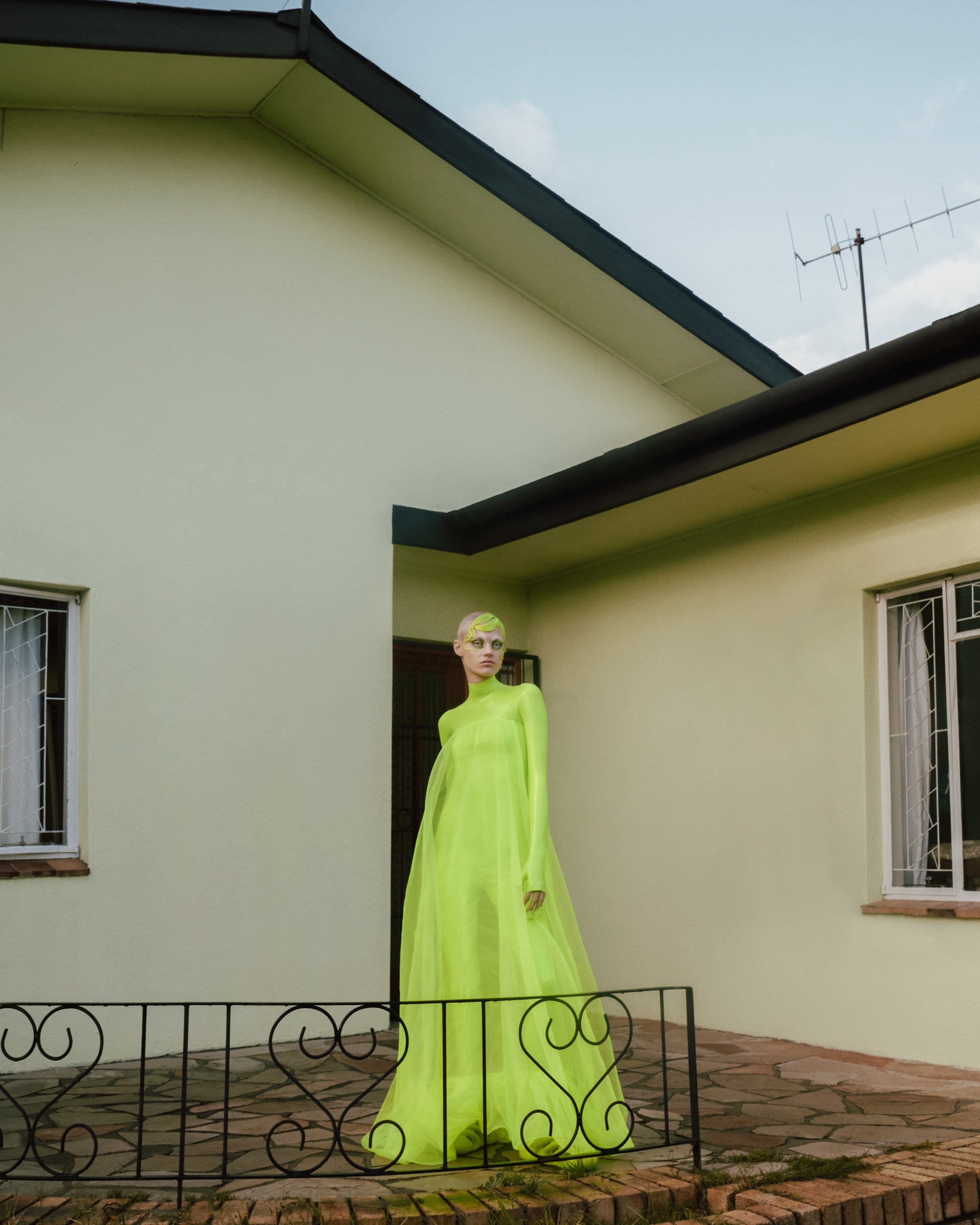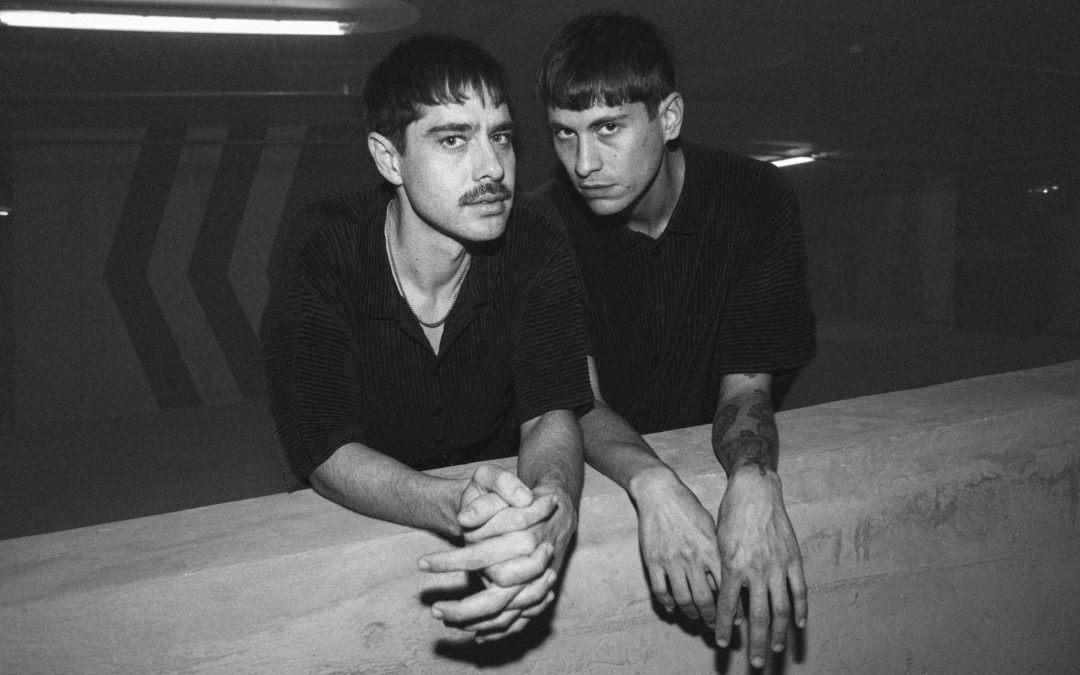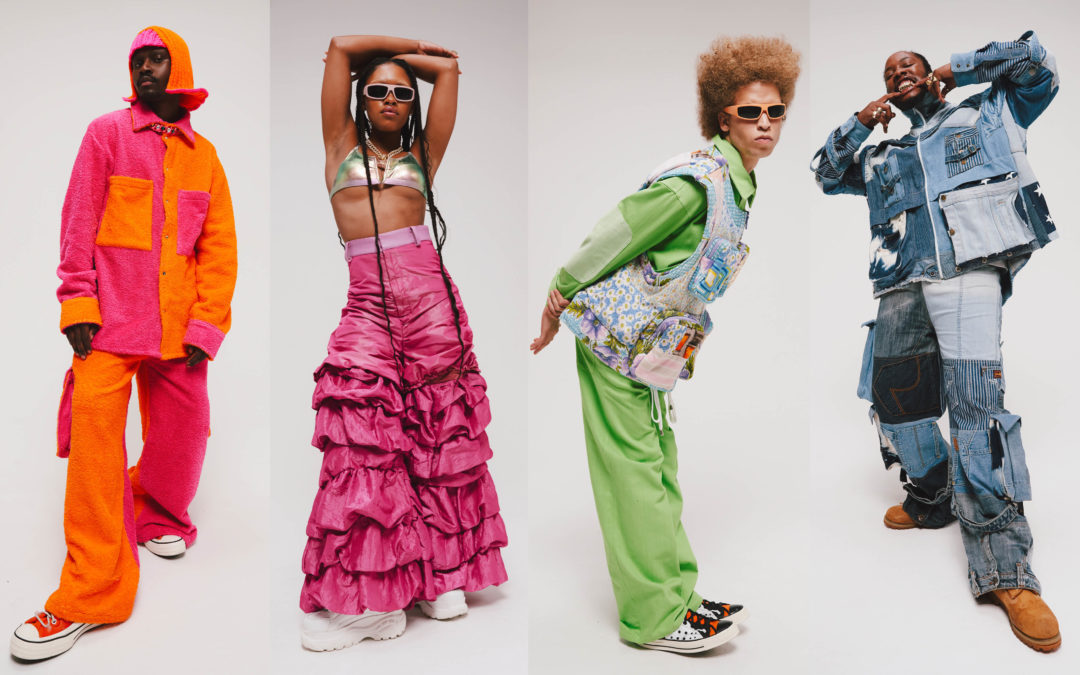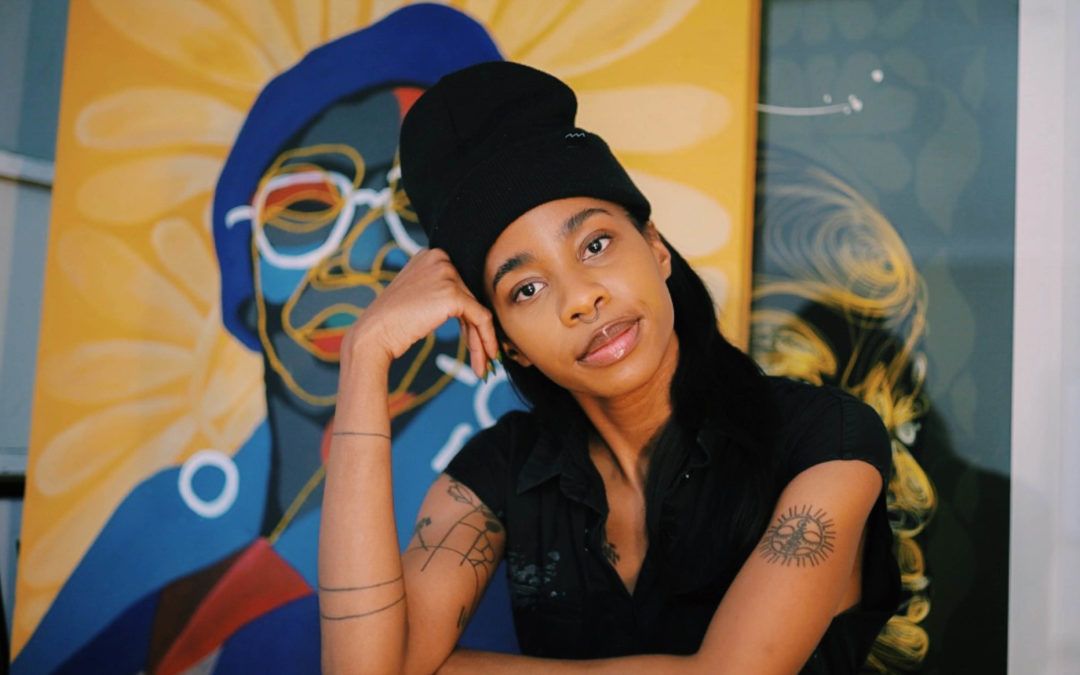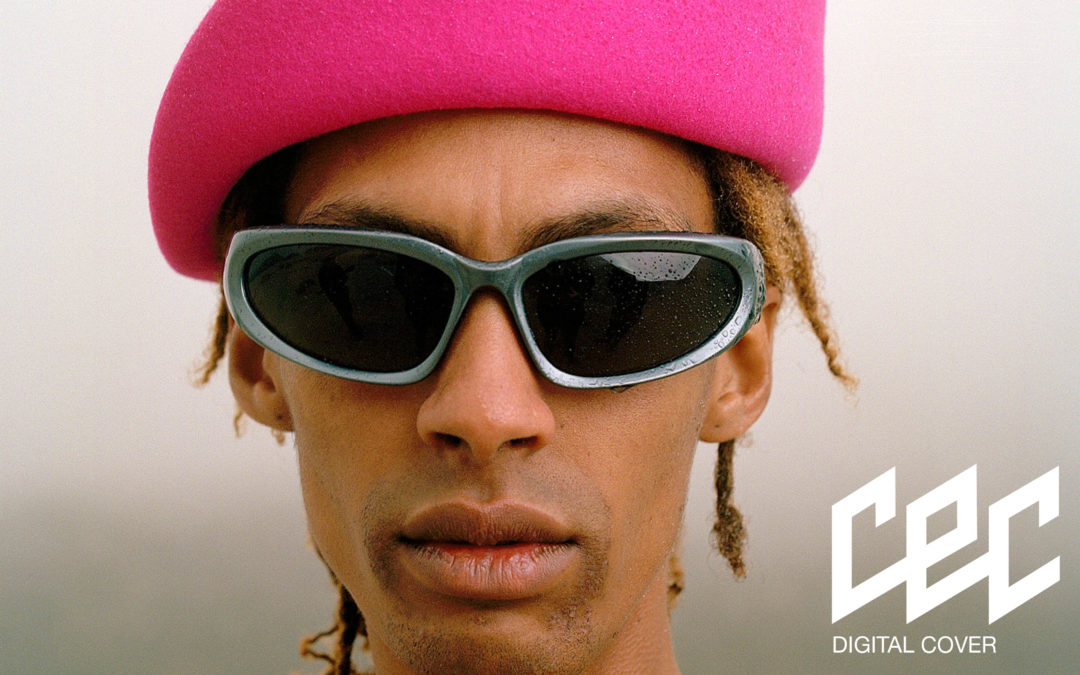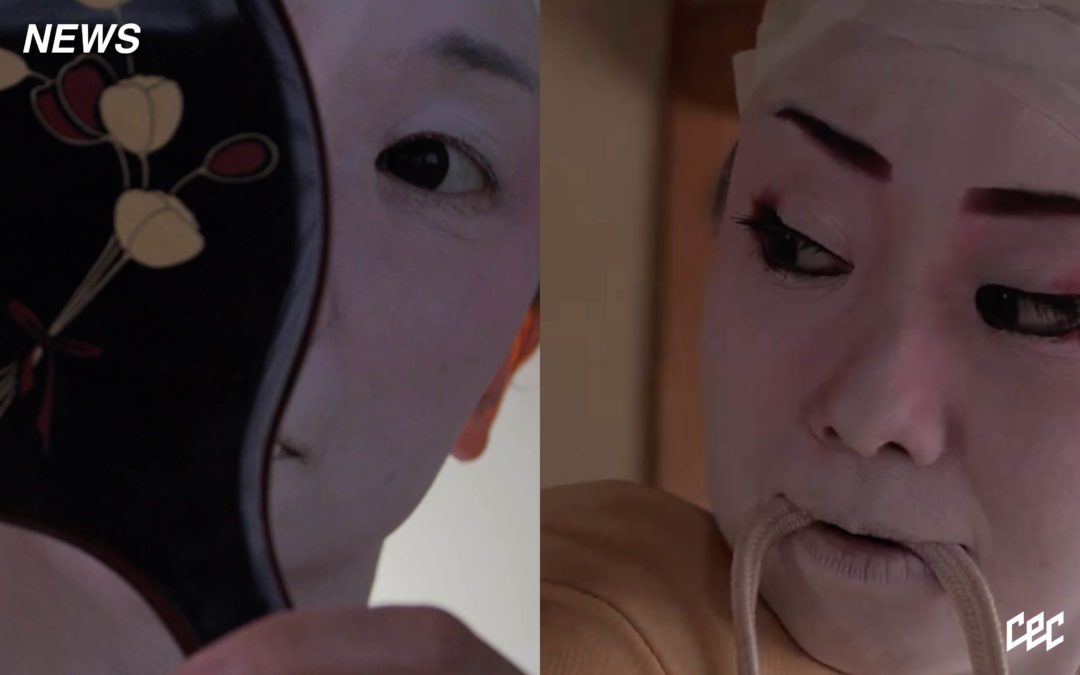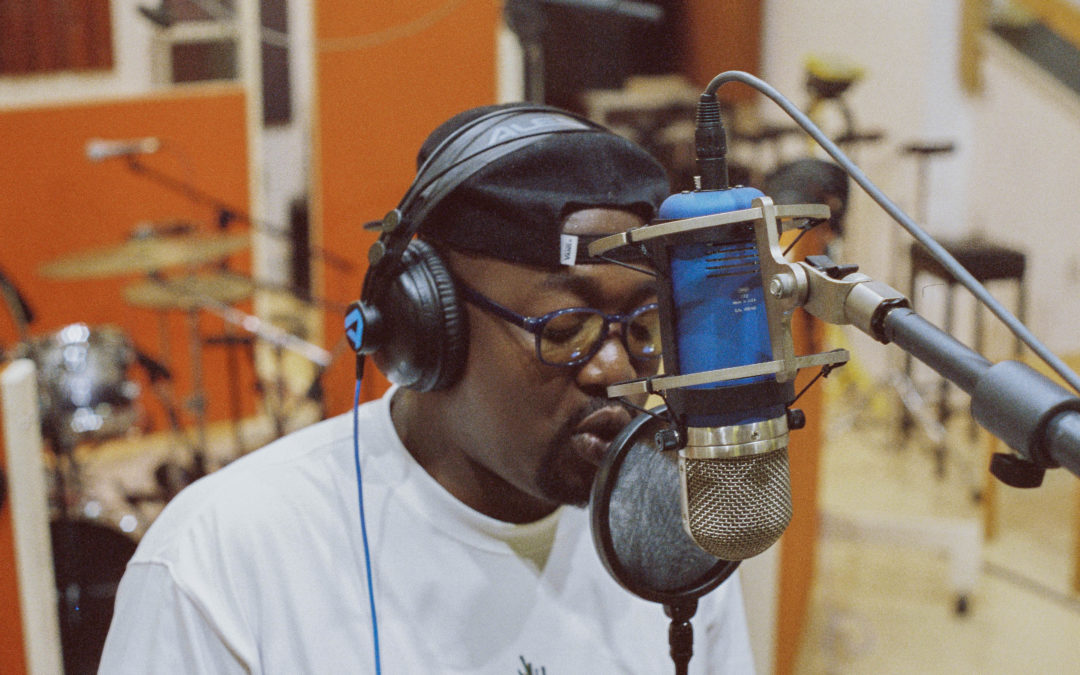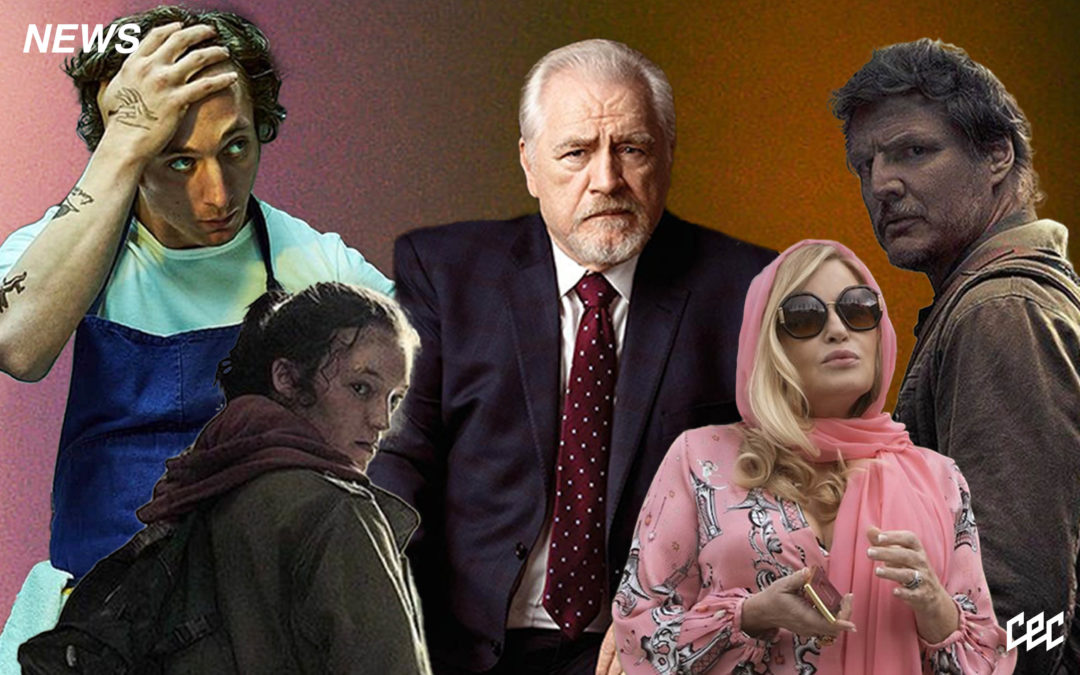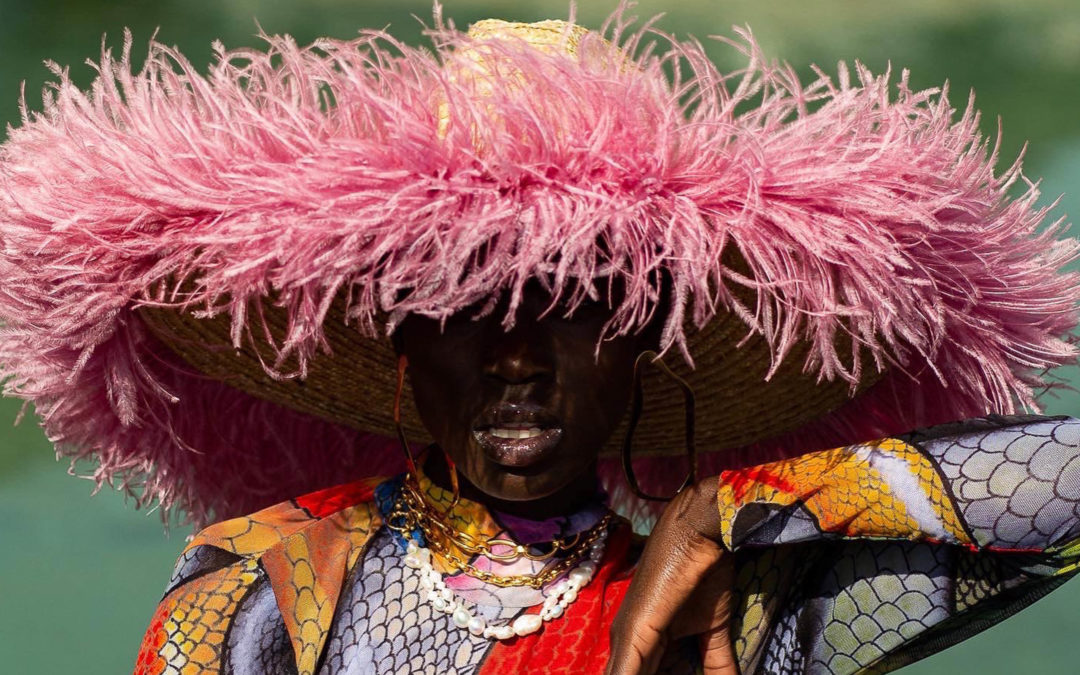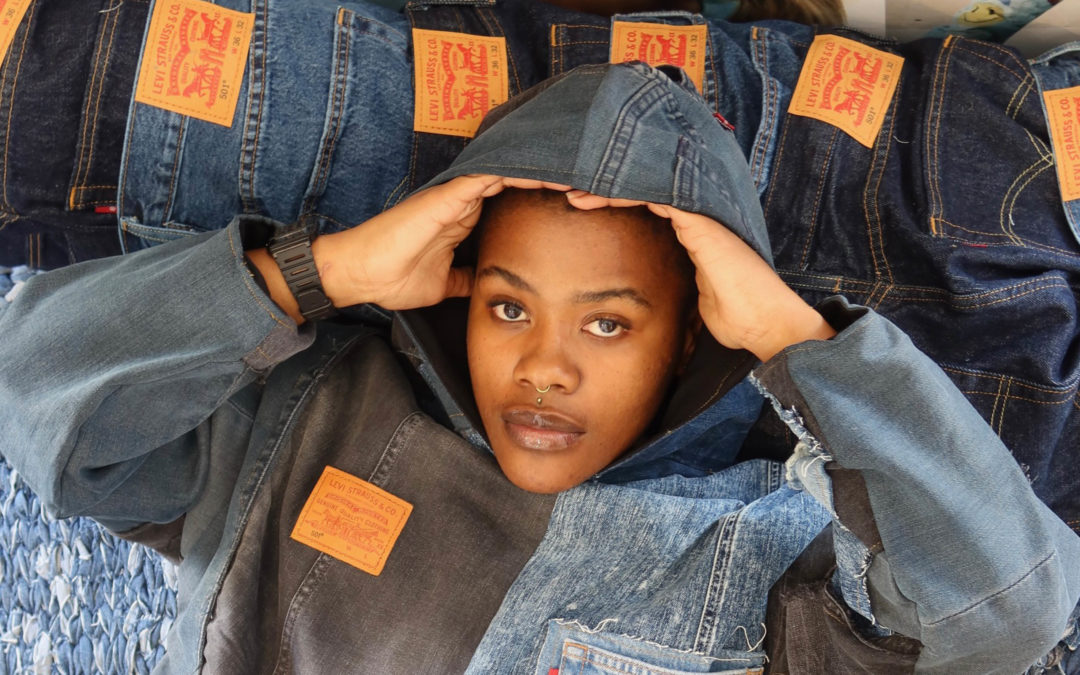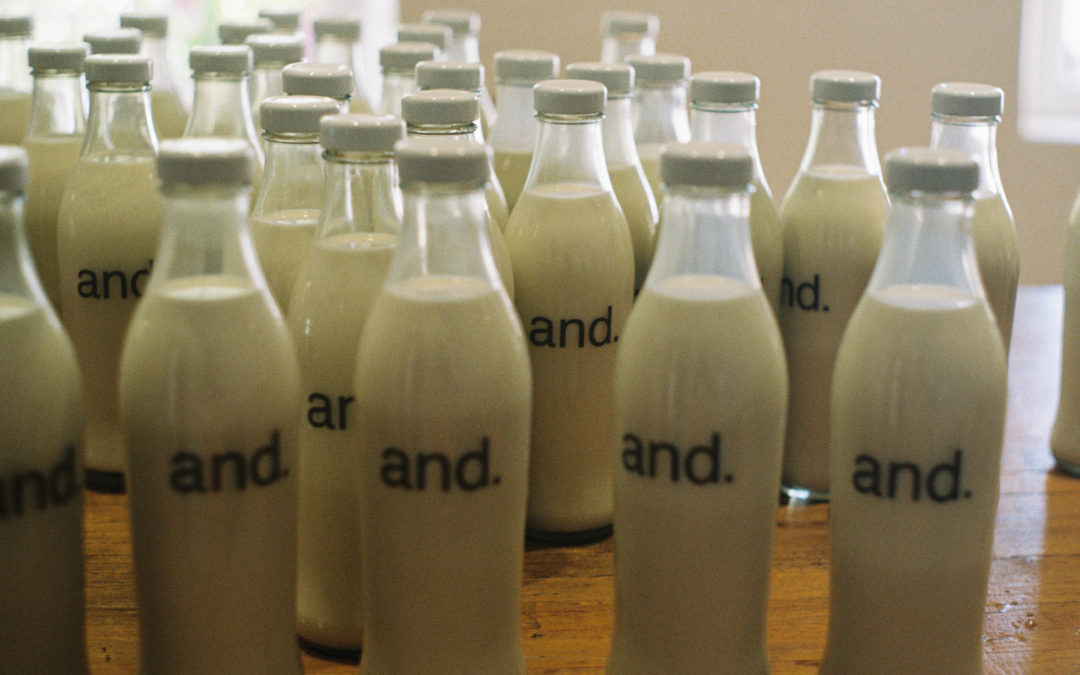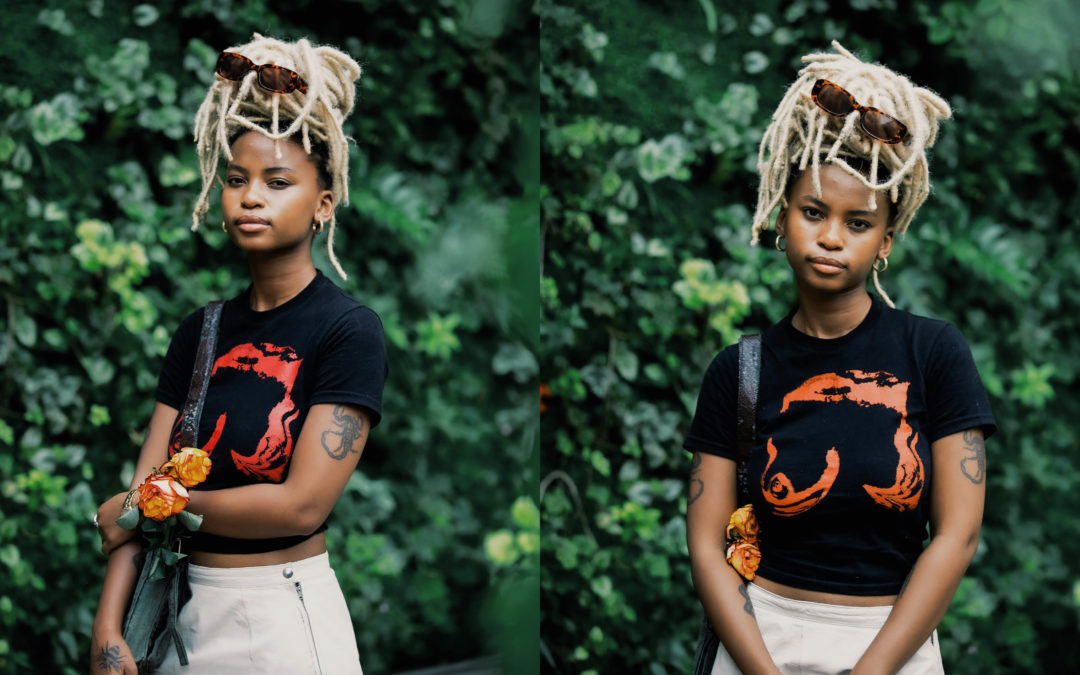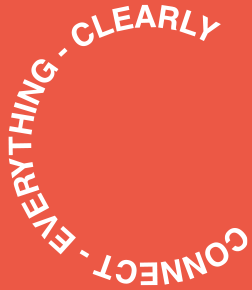Aart Verrips is a master of harmony. As a preeminent fashion and fine-art photographer, his images stoke the gentle flame of composition in astounding ways, and always with a reverence for honest portrayals of beauty. Aart’s deliberate placement of subjects, lines, shapes, colours are visual storytelling at its finest; the balance of his images are tempered by an astounding intuition for the relationship between light and colour; so it’s no wonder his images have landed in Vogue Italia, Elle, GQ, TIME, Hunger, InStyle, WWD, i-D, Gay Times and counting – or that he and Thebe Magugu’s longstanding creative relationship have articulated some of the most compelling sartorial expression to ever arise out of South Africa.
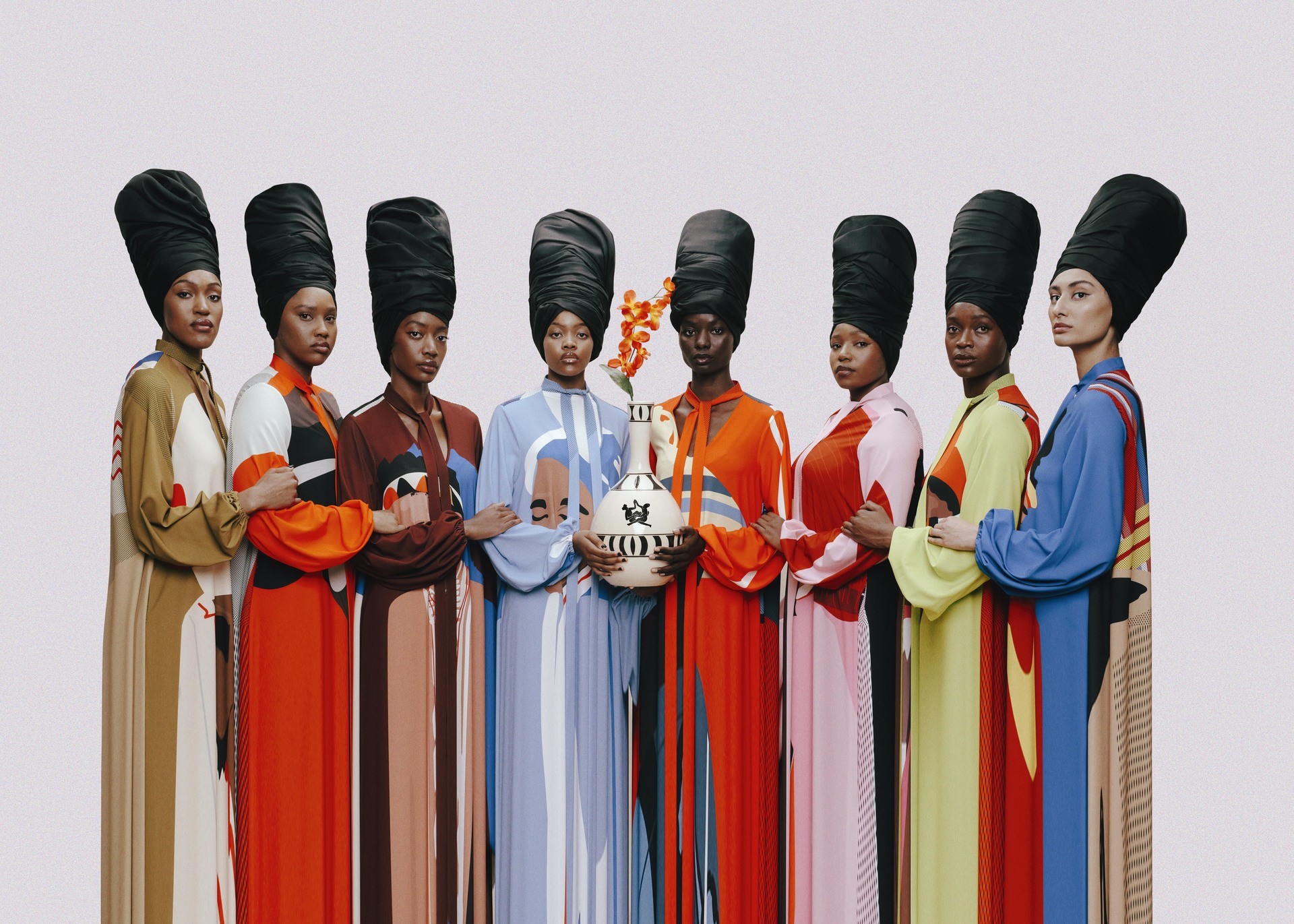
Thebe Magugu Campaign.
Kite Boys.
A path in photography was unlikely for Aart, and in fact his original career was as a pastry chef; there was clearly always a concern for the detail and delicacy of the senses. As Aart explains, “I never wanted to go into photography when I was in school. To be honest, I didn’t really even know being a photographer in this way was a real thing. I wanted to become a chef, that was what I thought my calling was. I studied in Cape Town and then I did an intensive two-month course in a small village in France. There were 27 people from 7 countries in the course, and so I was exposed to this amazing variety of people.” A mixture of inspiration and indecision prompted Aart to start working with a camera, “One of my best friends that I had met on that side was an avid photographer – now she is a DJ. I credit her with encouraging me to start shooting. When I came back to South Africa, I worked for two years as a chef before packing everything up and moving to Joburg. I wanted to change careers and there’s no better city to try and to do that, and all the while I had been learning to use a camera as a pastime.” Aart forms part of a cast of creatives who set the scene for South Africa’s awakening in the last decade. His first initiation into photography as more than just a personal-diary came with Rich Mnisi – who contacted Aart while he was finishing his fashion degree at LISOF – on this very critical piece of fashion lore, Aart says “he contacted me and said he liked my style and perspective, and we started working together. I think from that first experience with Rich, I knew photography with a special interest in fashion was kind of my calling. Here we are, nine years later.”
This initial work with Rich would set the tone for Aart’s professional tone, as someone who continues to centre collaboration in their work. As Aart explains, “my approach is very collaborative and hands-on. I get involved with the stylist, hairstylist and make-up artist – and I think when everyone is working together toward a single vision, it makes our jobs easier and it makes my ability to capture the vision a lot more authentic. I’m big on collaboration and without being immersed in a team, I wouldn’t be able to do what I do. Also, because we are generally making miracles out of tiny budgets!” In his creative process, it’s the balance between working with established colleagues and emerging talent that keeps Aart’s focus embedded in a kind of creative foresight, “My creative process is different for each project. With designers, I will sit down with them and see how I can translate their vision. When I work with young designers, I really like to help them refine the way they want to communicate their ideas. I love working with young designers because they are so unpolished and unrefined, and I think there’s such a beauty in that rawness.” Central to the composition of Aart’s images is his focus on colour. As a medium for eliciting the correct mood and emotional quality of his work; colour in all manner of interchanging vibrancy and softness is a stroke of mastery for Aart, as he says “Colour has become more and more central to my work, and is generally the aspect that I get most excited about. Where I use it in my grading, in the set design or in the way light has to draw out the colours I’m working with is a very fun part of the work that I do.”
Frankfurter Allgemeine Quarterly.
Office Day.
GQ x Castle, Max & GQ DG Dylan.
In a recent project with make-up artist Alexandra Julliet Botha titled ‘COLOUR THEORY’ is an exploration of the immaterial nature of artificial intelligence, using colour to subvert the way AI is beginning to mimic reality in its ability to create visuals. Aart and Alexandra wanted to invite reality to mimic AI, “Photo Vogue selected me to be part of a program with Voice to create NFTs. It’s a very interesting realm that I have never really understood – I think because I work so tangibly, to imagine an intangible asset and that having value is a very interesting tension. It got my brain flowing around AI, and I think there are so many possibilities for it but it’s also such a brand new frontier for us. I decided I wanted to create AI but in reality, and make something that looks like AI made it but in this real world.” For the project, Aart’s submission to the team at Vogue was met with confusion as to whether these were actually his photographs, and he explains the strength of concept, “The concept started with using strong colours, and I had some colour-powered paint for a decade since the first Holi Festival happened in Cape Town. Set against the white body painting, the powder paint is so intense. I had this idea of having a moving element, so that’s where the smoke comes in, to create this AI, otherworldly image. When you first look at the images, it appears to be AI – and then you realise it’s real. Usually, you think an image is real but it’s actually AI.” For Aart and Alex, the project is set to be a continuing dialogue, with ‘COLOUR THEORY’ exemplifying Aart’s intimate way of working with his creative collaborators.
Color Theory.
Aart professes to experiencing a measure of imposter syndrome at times and for someone who thought they’d spend their life in the kitchen of a restaurant creating quiet delicacies, to be one of the leading photographers on the continent is still surreal. I ask Aart about a moment when he could safely pull away from imposter syndrome, and feel the magnitude of his trajectory, “I think that has to be the TIME Magazine cover, and being part of that whole journey. For that assignment, the story had gone live online and that evening, I got a message from my agent saying ‘two words. TIME cover’, they had selected one of my images for the print cover. That is one of the highest honours as a photographer.” The image is Daniel Motaung on the March 2022 cover, a former Facebook moderator who blew the whistle on ‘digital sweatshops in Africa’; where outsourced companies employ men and women to review and moderate murders, violence, abuse and other illegal content for online platforms. This kind of photo-journalism is vital, and for Aart to be able to work in this realm as much as in fashion, is wholly impressive.
AVAVAV.
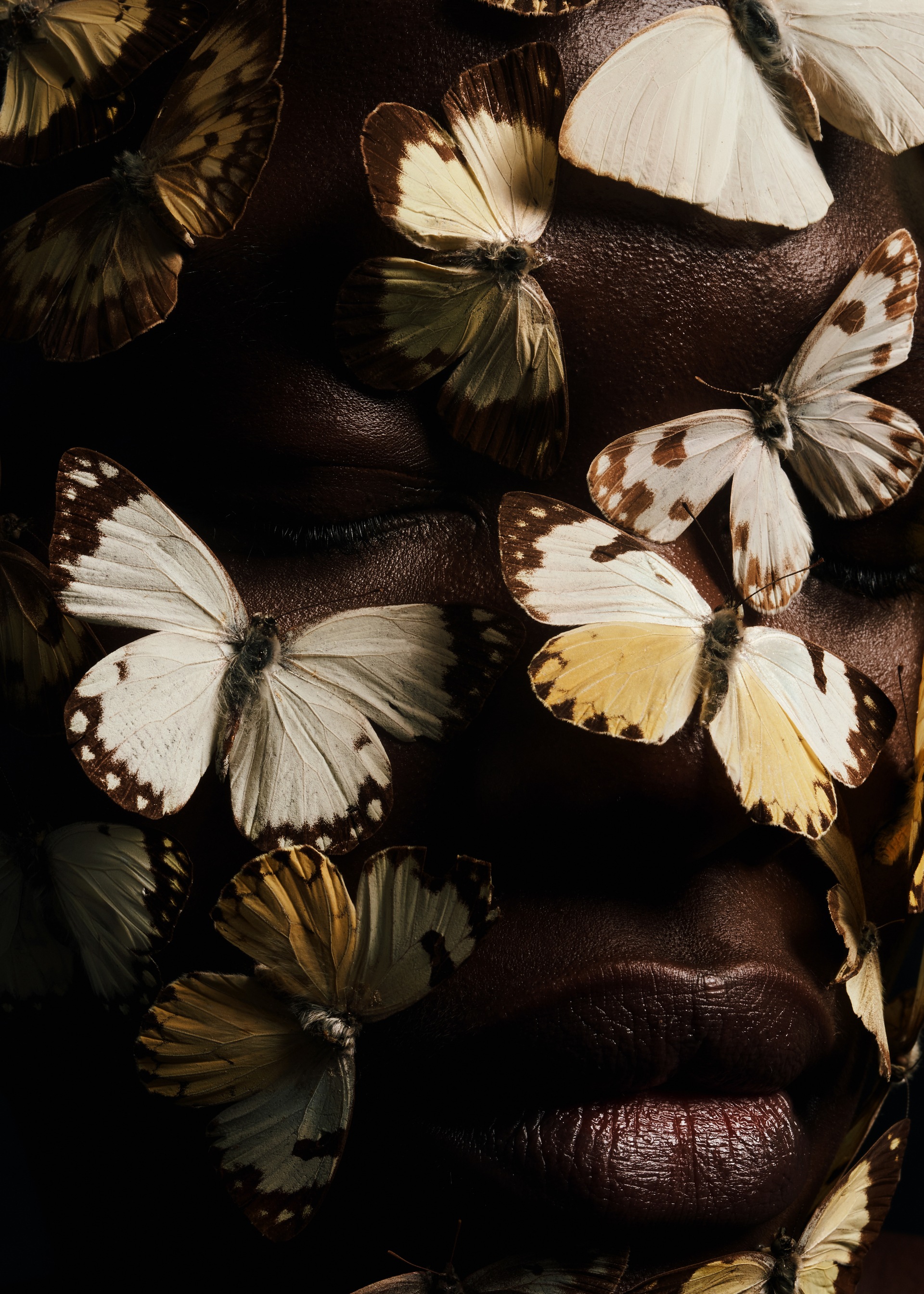
Racphelia.
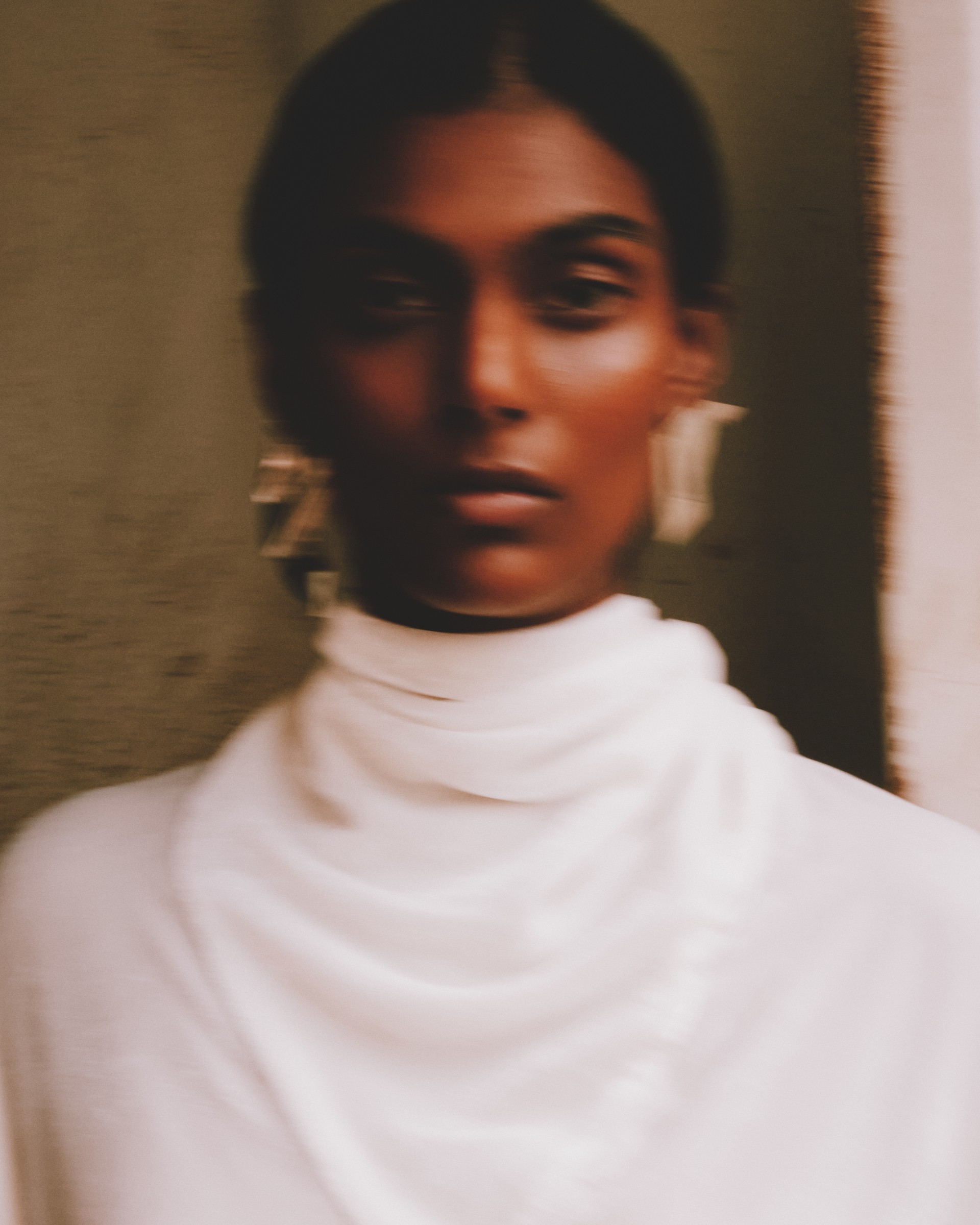
Uniform.
Aart’s outlook is one of growth and refinement. A new chapter and more travels are ahead with multiple projects that will be revealed. For the ultimate dream, Aart says, “the ultimate dream is a Vogue cover. Specifically a British Vogue cover!” and we totally see it happening. Along with the cast of trailblazers that he grew up with creatively in Joburg, Aart continues to break barriers and build beauty into the fabric of South Africa’s visual DNA.
Feature image by @kristinleemoolman.
Written by: Holly Beaton

